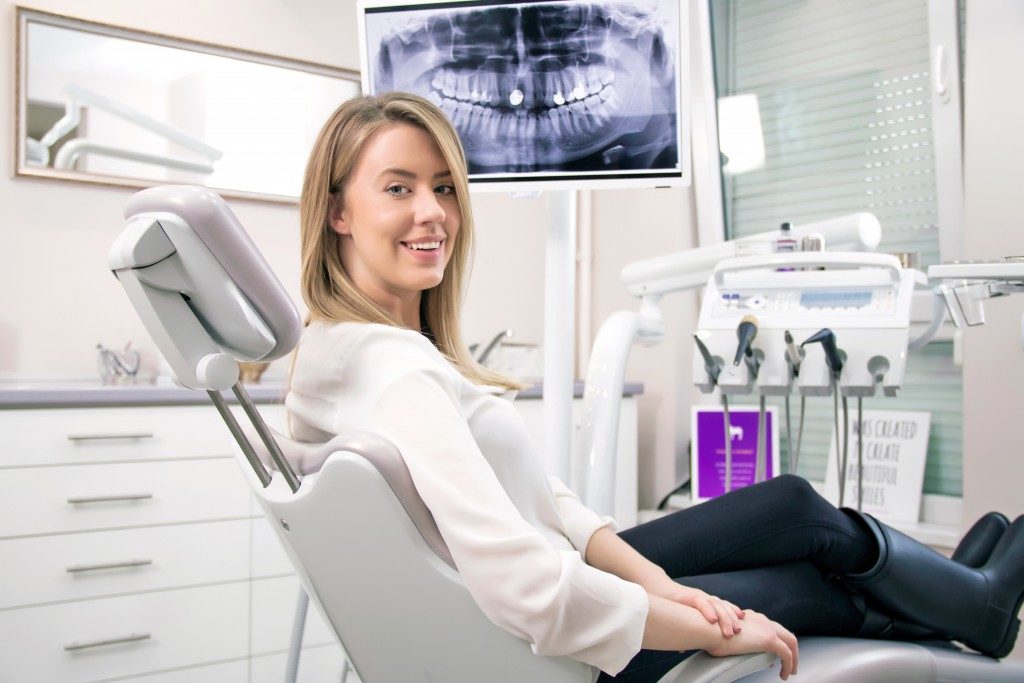Got a crooked tooth that’s hampering your self-confidence? Or maybe it’s the gap between your teeth that’s making you self-conscious. Worse, there could be too many teeth that’s causing you to suppress that smile.
If you’re living with low self-esteem for so long, it’s time to address your toothy problem. Below are common orthodontic issues and ways how an orthodontist in Oviedo can treat them.
Overbite
An overbite is a condition where your upper front teeth stick out over the lower teeth. This is also known as buck teeth. Overbite is a hereditary misalignment problem that can interfere with proper chewing.
Treatment: The use of braces can correct the position of your teeth.
Underbite
Underbites are the opposite of overbites. Instead of the upper front teeth sticking out, it is the lower ones that protrude too far forward. Just like overbite, an underbite is an inherited trait. But other causes include early loss of baby or adult teeth, thumb or tongue sucking, and prolonged use of pacifier or bottle, among others.
Treatment: Your orthodontist may recommend an upper jaw expander to correct an underbite.
Crossbite
Crossbites happen when the upper and lower teeth don’t meet when you bite. Crossbite can either be posterior or anterior. In a posterior crossbite, the top back teeth bite down inside the bottom back teeth. In an anterior crossbite, the upper front teeth sit behind the lower front teeth.
Treatment: A palatal expander can be used to widen the upper palate gradually. Braces can also be used as a treatment by itself or after a palatal expansion.
Open bite
Open bites occur when there is a gap between the rows of teeth when you close your jaw. This is because the upper and lower teeth don’t come together when you close your mouth. An open bite can cause difficulty in speaking and lisping.
Treatment: Open bites can be fixed with braces or Invisalign.
Misplaced midline
When the center of your upper and lower front teeth does not line up, it’s called misplaced midline. This is also known as deviated midline. Ideally, the center of the teeth should align with your nose and the midpoint between your eyes.
Treatment: Braces can also correct a misplaced midline.
Spacing
Gaps or spaces between teeth happen if the teeth are missing or if they are too small for the jaw. This condition is also called diastema.
Treatment: You may use braces to close the gap between your teeth. If your incisors are too small, you can opt for crowns, veneers, or bonding to widen them.
Crowding

Crowding is when there are too many teeth in the mouth that they start pressing together in a disjointed way. If the teeth are too big for the jaw, this may also result in crowding. This may lead to crooked teeth.
Treatment: Your orthodontist in Oviedo may remove one or two teeth and correct them with a brace, Invisalign, or retainers.
In severe cases, your orthodontist may recommend surgery to fix the conditions above. This is to prevent serious oral health complications. Either way, it’s important to address these dental issues before it affects your health and impact your self-esteem.
